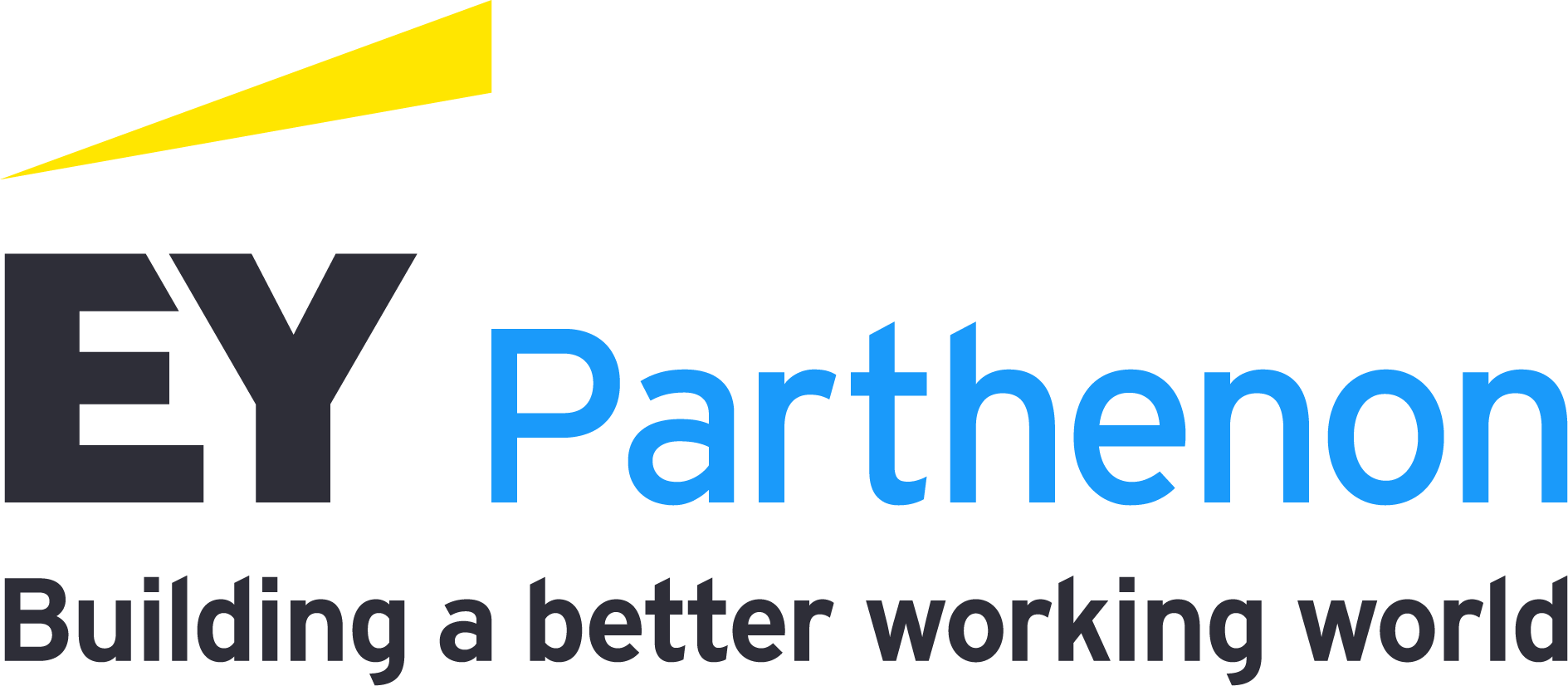Uncertainty is apparent with Fed policymakers favoring policy prudence
The minutes of the May Federal Open Market Committee (FOMC) meeting revealed that “all participants” favored holding the Fed funds rate constant at 5.25% to 5.50% given the lack of further progress toward the 2% inflation target.
While the Fed staff revised their inflation outlook higher because of slower-than-expected disinflation in the first three months of the year, FOMC participants did not interpret the data as indicating a further acceleration of activity, and they expected that GDP growth would slow from last year’s strong pace.
FOMC participants generally believe that monetary policy remains well positioned to respond to economic conditions and risks to the outlook. However, in early May, they estimated it would likely take longer than previously anticipated to gain greater confidence that inflation is moving sustainably toward 2%.
As Fed Chair Jerome Powell conveyed during the post-FOMC meeting press conference, monetary policy is seen as restrictive, but many participants stress the uncertainty regarding the degree of restrictiveness. The uncertainty ranges from whether high interest rates may be having smaller effects on economic activity than in the past, to whether the neutral interest rate (non-expansionary/non-contractionary) may be higher, or whether the level of potential output may be lower than estimated.
Several participants also noted uncertainty regarding the degree of restrictiveness of current financial conditions and the risk that insufficiently restrictive financial conditions could boost aggregate demand and inflation.
Still, the three forward-looking policy paths that Powell highlighted in the press conference appear to have formed a consensus among FOMC participants. The minutes revealed participants deliberated maintaining the current restrictive policy stance for longer should inflation not show signs of moving sustainably toward 2%, or reducing policy restraint should disinflation resume or labor market conditions unexpectedly weaken.
As we have heard in a recent Fed communication, “various participants” mentioned a “willingness” to tighten policy further should “risks to inflation materialize in a way that such an action became appropriate.” While this statement in isolation might sound hawkish, we should remember that the bar for hikes is high. Powell reiterated that “it’s unlikely the next policy rate move will be a hike.” Further, every word in the minutes matters: “various” likely indicates a small number of participants, likely non-voters; “willingness” doesn’t mean “desire”; and the necessary condition is persuasive evidence that inflation is accelerating.
Almost all participants expressed support for the decision to begin tapering the quantitative tightening program in June by adjusting the redemption cap on treasury securities from $60b to $25b per month (slightly more than expected) while maintaining the existing cap on agency mortgage-backed securities at $35b. Still, a few participants indicated that they could have supported a continuation of the prior pace of balance sheet runoff or a slightly higher redemption cap.
Bifurcated economy and productivity in focus
In their broad discussion of the outlook, participants noted the important influence of productivity growth. Some participants were pessimistic on the outlook for productivity growth noting the recent strength may indicate a one-time adjustment, but a few participants suggested that the prospects for generative AI and elevated business dynamism could indicate a longer-lasting trend. As we have discussed previously, we believe the combination of reduced labor market churn (training, seniority, etc.), firm-level efforts to boost efficiency and integrate technology, stronger investment geared toward high ROI projects in a high-interest rate environment and elevated business dynamism are forming the ideal foundation for a sustained stronger productivity growth trend.
Another element that featured prominently in the FOMC minutes was the emergence of a bifurcated economy as we have discussed in the past. Many participants noted signs that the finances of low- and moderate-income households were increasingly coming under pressure, representing a downside risk for consumer spending growth. Still, a couple of participants noted that financial conditions appeared favorable for wealthier households, which account for a large portion of aggregate consumption.
Inflation and policy outlook
We still believe a broad disinflationary trend remains in place, and five key elements should bring more disinflation throughout 2024: mildly softer consumer spending growth, slower wage growth, declining rent inflation, narrower profit margins and stronger productivity growth.
We anticipate headline Consumer Price Index (CPI) inflation will hover around a 3.5% plateau through the summer while core CPI inflation gently eases below the 3.5% mark. This should translate into a similar plateau for personal consumption expenditures (PCE) inflation around 2.7% while core PCE inflation moves toward 2.5%. Such a plateau is not so far above the Fed’s 2% target that it would warrant excessively tight monetary policy.
We continue to expect two 25 basis points rate cuts in 2024, in July and November, as core disinflation reasserts itself and labor market conditions soften.



